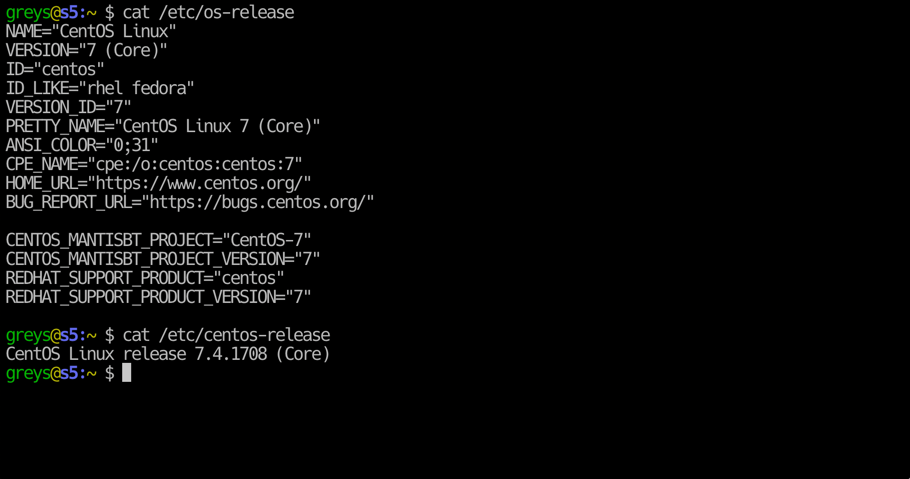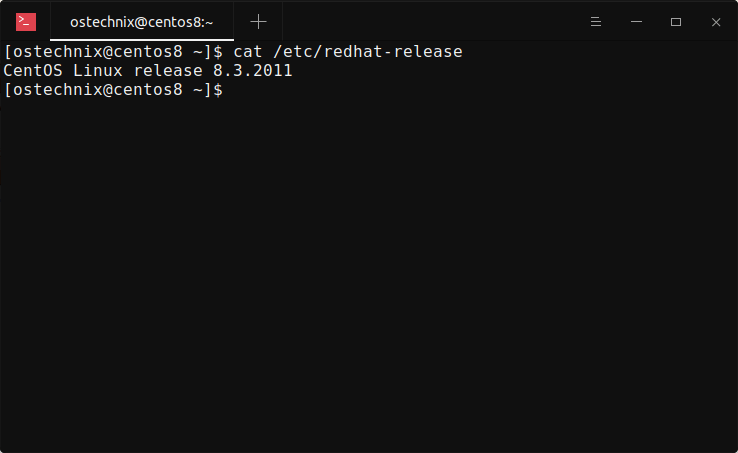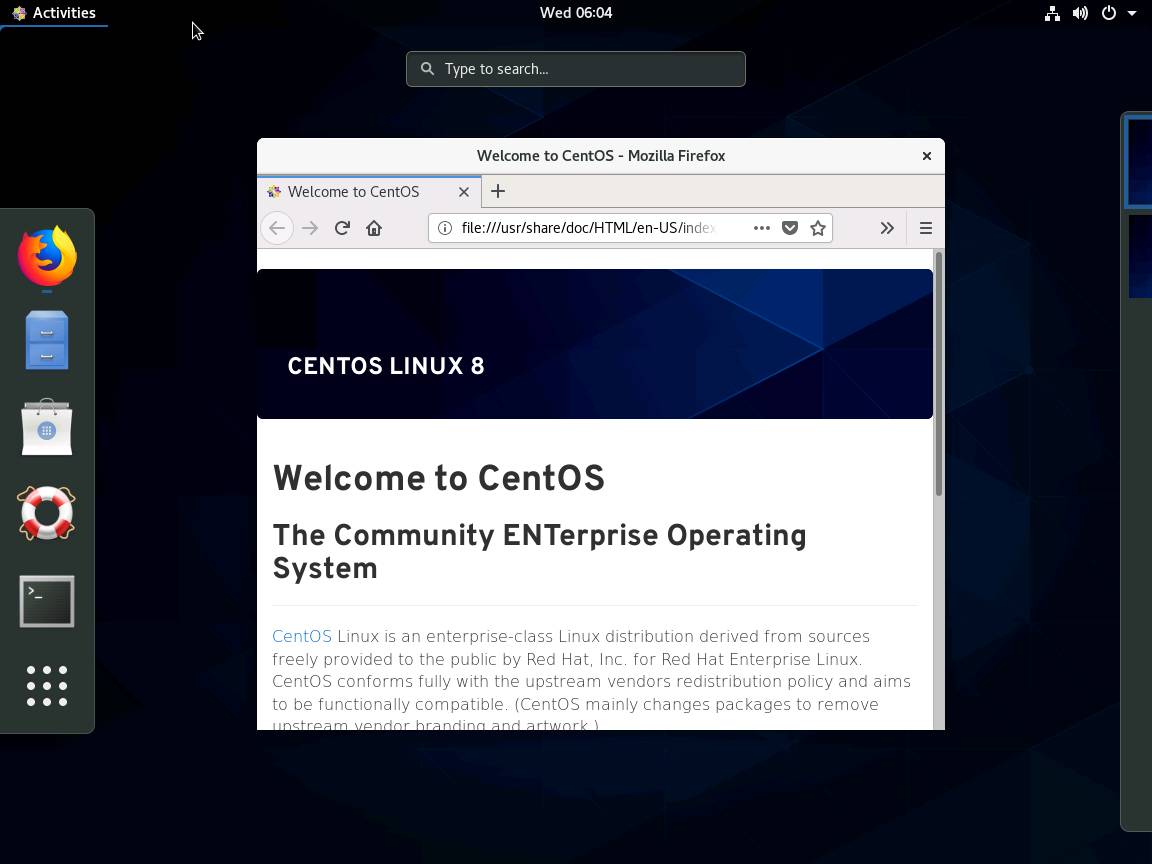

Red Hat launched CentOS Stream with the goal of providing an open source Linux with a continuous stream of updates, fixes, and enhancements. Let’s review what exactly the announcement means and what the CentOS Stream project is. On December 8, 2020, in a coordinated announcement, the CentOS community and Red Hat announced the end-of-life (EOL) for CentOS Linux and a shifting focus to the CentOS Stream project. According to Enlyft, over 223K companies use CentOS according to Webspotter, over 2.3 million websites use CentOS, forming a wide user base for both development and production environments.

There are also other Fedora projects such as Fedora CoreOS, which is a different Linux distribution - the successor to both Fedora Atomic Host and CoreOS Container Linux.īack to CentOS, having CentOS fully compatible with RHEL allows low-cost development, and being a free distribution has made CentOS a success with significant market share. Some software in Fedora may not make it to RHEL, and being a testing ground, stability is the main difference between Fedora and RHEL/CentOS. From a Fedora release to a RHEL release, there is significant testing, updates, bug fixes, and packaging done behind closed doors at Red Hat. The Fedora project, also driven by Red Hat since 2003, remains the same open source project with constant enhancements and a testing ground for new features. You may wonder how the Fedora Linux distribution fits into this story. In 2014, Red Hat made that investment in the CentOS project, gaining control of a community that became mainly based on Red Hat employees working full time on CentOS. With full-time employees working in upstream projects, companies are invested in the success of open source projects.

The availability of open source CentOS Linux meant that anyone could rapidly install a free version of CentOS for any use, including development and production applications.Ī common practice in today’s open source world is for companies to lead open source projects by contributing infrastructure and resources. It started in 2004, and from very early on, each release of the commercial product Red Hat Enterprise Linux (RHEL) resulted in a corresponding version of CentOS, these versions are basically rebuilds of RHEL with some changes to remove Red Hat branding. Let’s start with a brief recap of CentOS history. Regarding contingencies, English author Penelope Lively stated, “It seems to me that everything that happens to us is a disconcerting mix of choice and contingency.” Choice and contingency are two good words to describe the history and future of developers and organizations using the open source CentOS Linux distribution. Sometimes, unforeseen events happen in the software industry - they can be completely unexpected, or sometimes, you are ready for contingencies.


 0 kommentar(er)
0 kommentar(er)
